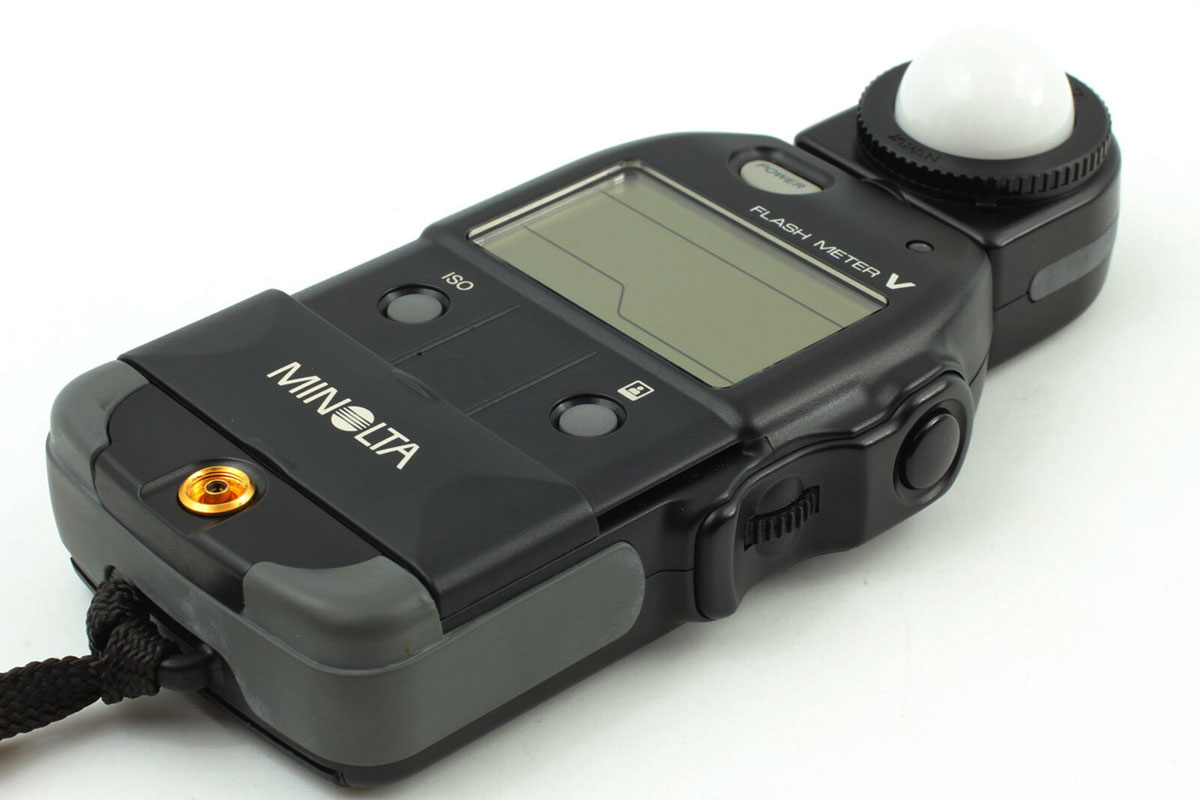Explaining the “Exposure Triad” is not that comfortable to me. I’m a Sigma male, not very preachy, and some people will ask why I’m doing this. I know many filmies are quite good with exposure. I was also reticent to write this article because there are many sites that are dedicated how-to sites that could explain it better than myself. However, I’ve been asked a couple of dozen times now. So,…here ya go. Of course, the same rules apply whether you’re shooting film or digital. And I understand,….especially for people who have only ever shot on digital,….why some may discount these rules. And are actually proponents of the “spray and pray” mindset. But even they may want to peruse a couple of points. Minimal understanding depth of field and freezing action are things many photographers could benefit from, even when your “digital film” is free. So, let me keep it short and sweet. For clarity I made a little triangle that incorporated the best aspects of a few cheat sheets I’ve found online. Hopefully that helps.
The Exposure Triad and Tools of Exposure
Exposure tools and parameters are essential components of film photography. I know we now have histograms, (another subject of interest for some), but, believe it or not, a good Ambient/Flash light meter or spot light meter is still useful in the 21st century. Especially when employing strobes. Understanding how to use these tools can greatly enhance the quality of your photos and allow you to produce stunning, professional-looking images. In this post, I’ll dive into the basic components of exposure, including aperture, shutter speed, and ISO, and explore how they work together to create an exposure. (without sounding uppity)
Aperture
Aperture is the opening in the lens that controls the amount of light that reaches the film. Aperture is measured in f-stops, which indicate the size of the opening in the lens. Aperture plays an important role in determining depth of field, or the amount of the image that is in focus. The larger the aperture, the shallower the depth of field and the more selective the focus can be. When shooting portraits, for example, a larger aperture can be used to produce a beautiful, blurred background while keeping the subject in sharp focus.
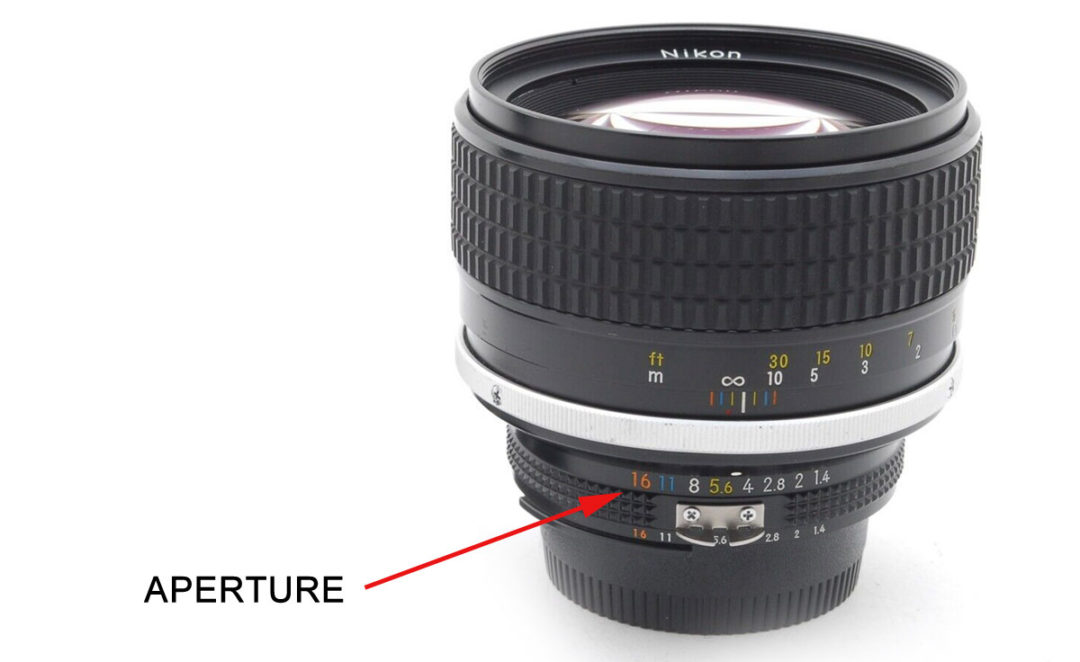
Shutter Speed
Shutter speed is the length of time that the shutter remains open, allowing light to reach the film. Shutter speed plays a crucial role in determining the amount of motion that is captured in a photo. A fast shutter speed can freeze fast-moving action, while a slow shutter speed can produce a blur effect that captures the movement of a subject. When shooting sports or action photography, a fast shutter speed is essential to freezing the motion and capturing sharp, clear images.
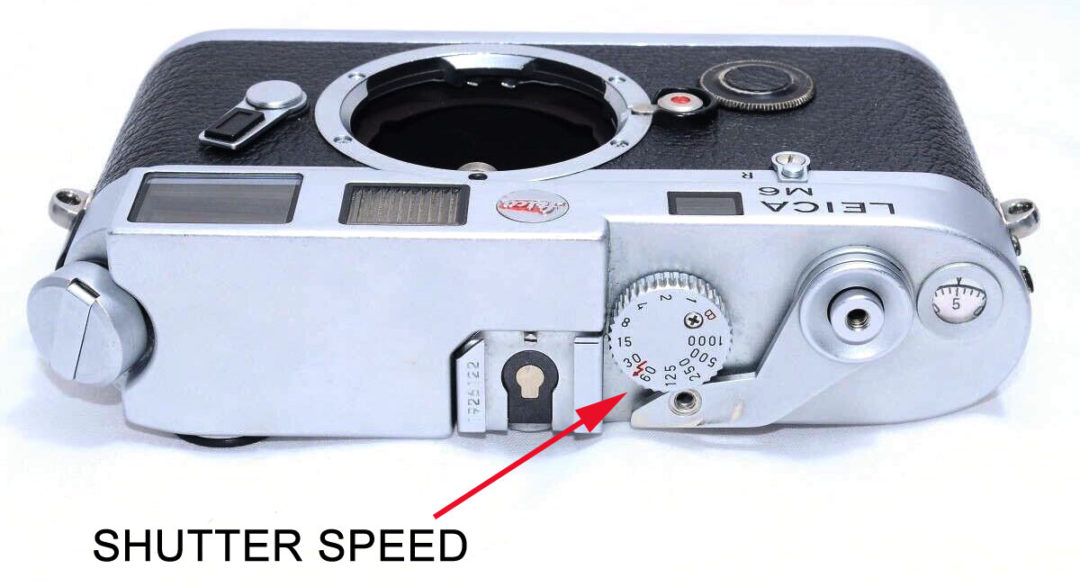
ISO
ISO is the measure of a film’s sensitivity to light. The higher the ISO, the more sensitive the film is to light and the faster the exposure can be. However, higher ISO also increases image noise, which can degrade the quality of the image. When shooting in low-light conditions, a higher ISO may be necessary to produce a properly exposed image. However, it’s important to consider the trade-off between image quality and the need for a faster exposure.
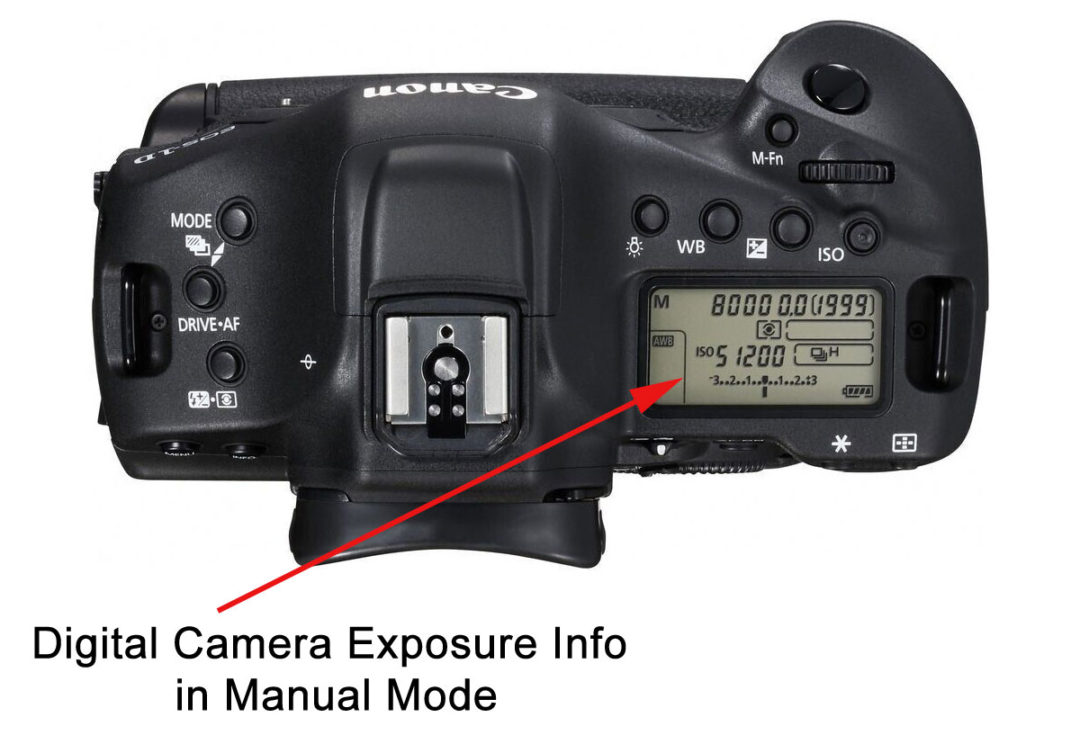
The Exposure Triad Simplified
Aperture, shutter speed, and ISO are the three primary tools for controlling exposure in photography. By understanding how each of these components works, you can become a more confident and creative photographer.
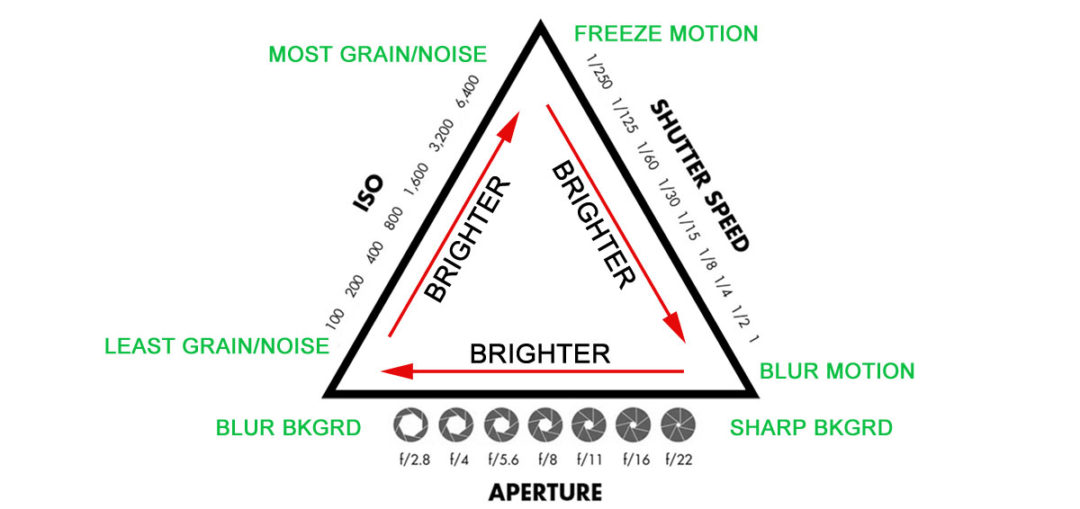
And while I know the video below references digital cameras only, (for most amateurs), filmies can just transfer what he’s saying to knobs, dials and mechanical readouts. Uhhh,…unless you use an F5, EOS 1, etc. And if your not pulling or pushing your film in camera, DX coding should be registering proper ISO automatically. (or you have a non-DX camera or film) Plus, most films have very accurate exposure charts on the box. And last, but not least, if you REALLY want to get into the math, like for using 8 ISO film or 13 ISO film without a meter, then try this site. And, yes, if shooting digital, you can use your histogram before the fact with ambient lighting and after the fact with strobe lighting. But surveying the scene before you, and applying these few simple universal truths of exposure, will enable you to easily communicate your vision.
By understanding and using the exposure tools of aperture, shutter speed, and ISO, you can create the desired mood and atmosphere in your photographs. It takes time and practice to master exposure, but the results can be truly stunning. I know I’ve barely touched on the infinite combinations of the triad, and totally dismissed another important aspect of light, the Inverse Square Law. (producing hard or soft light with light source size and distance) But I hope that, along with the cheat sheet, it sparks an inherent understanding of exposure that enables you to actually implement your vision. I will write another post about size/distance of light source next month. Which I have no doubt will ruffle a lot of feathers. Especially as it comes to on camera flash and their modifiers. Sigh,….Ok, let me go find my armor. 🤔

